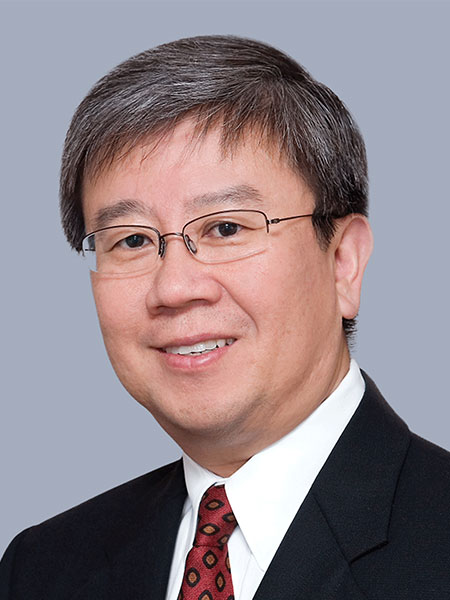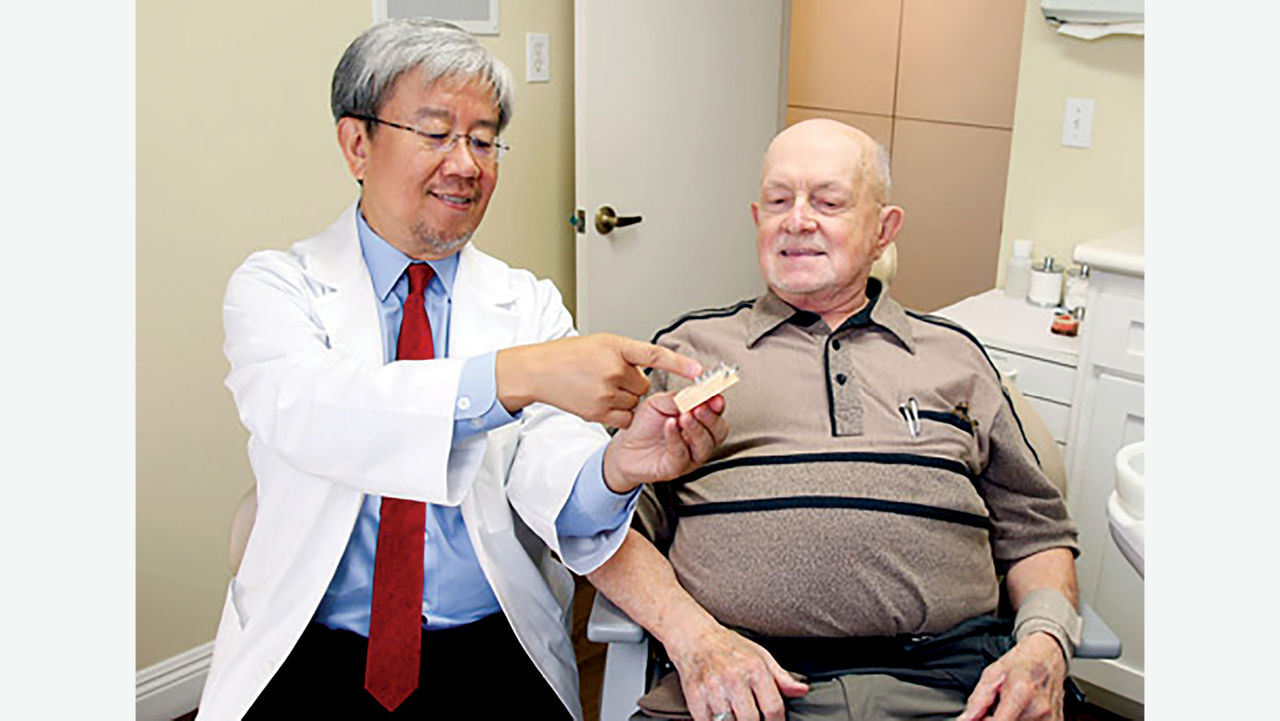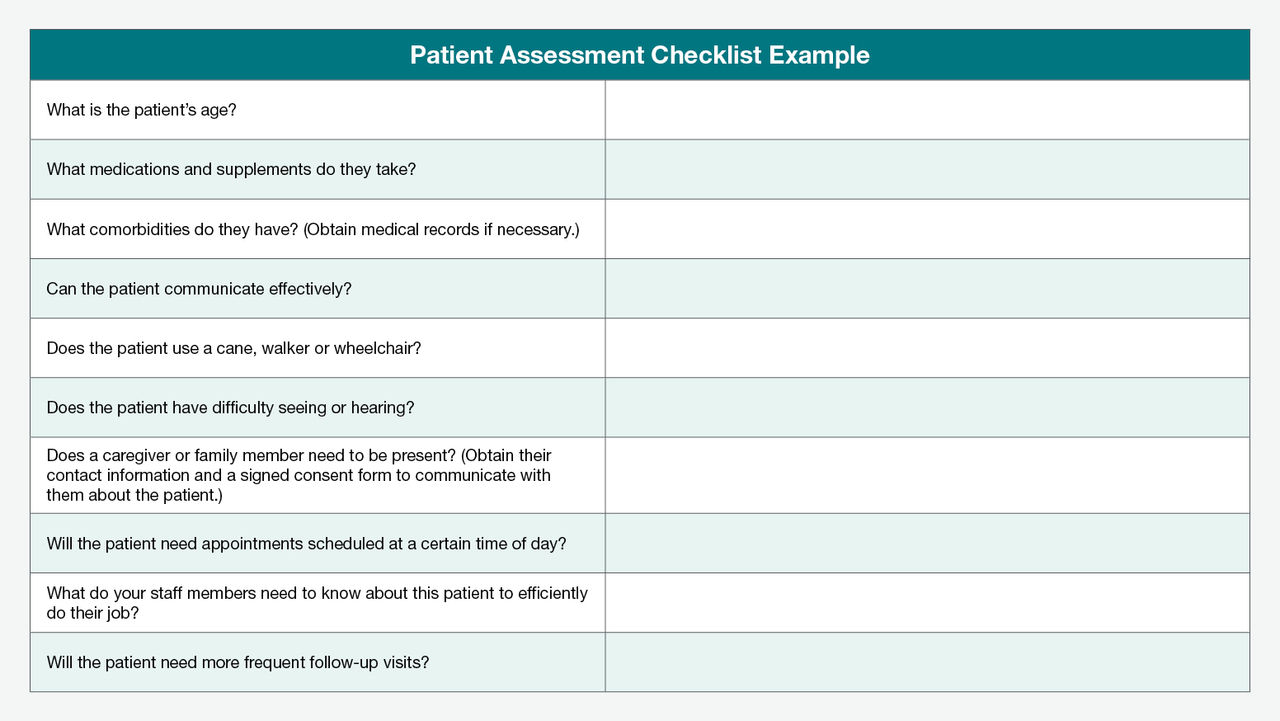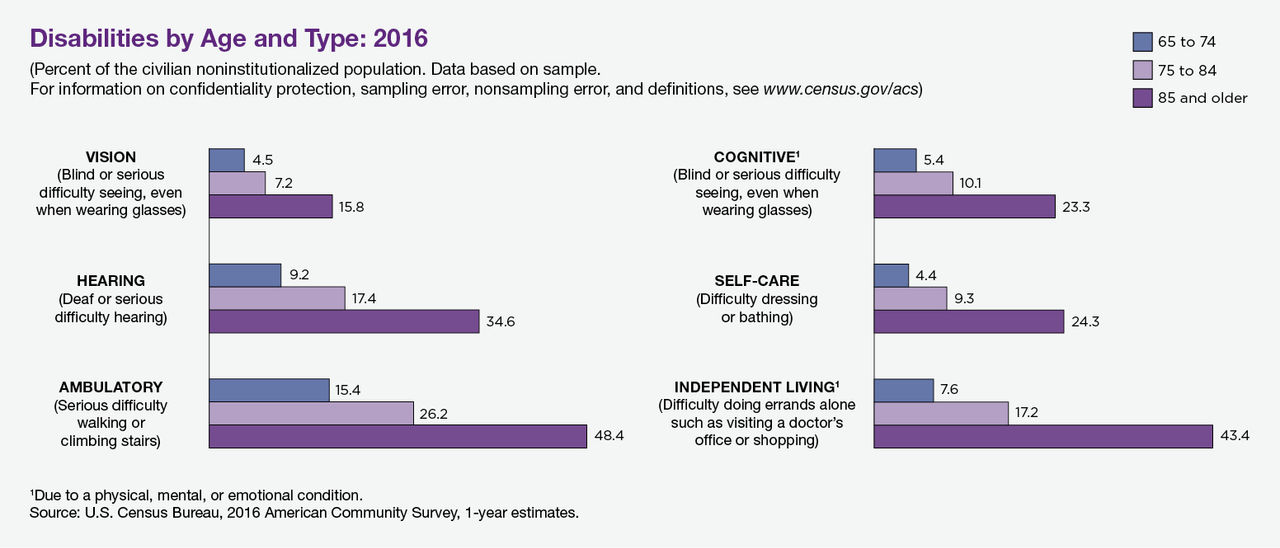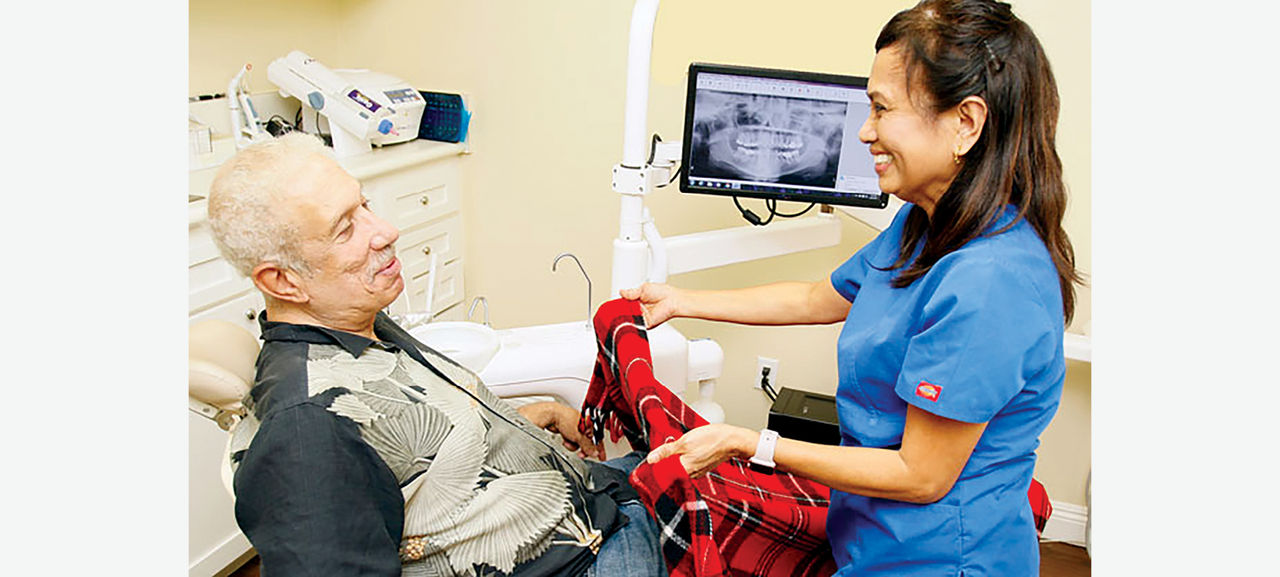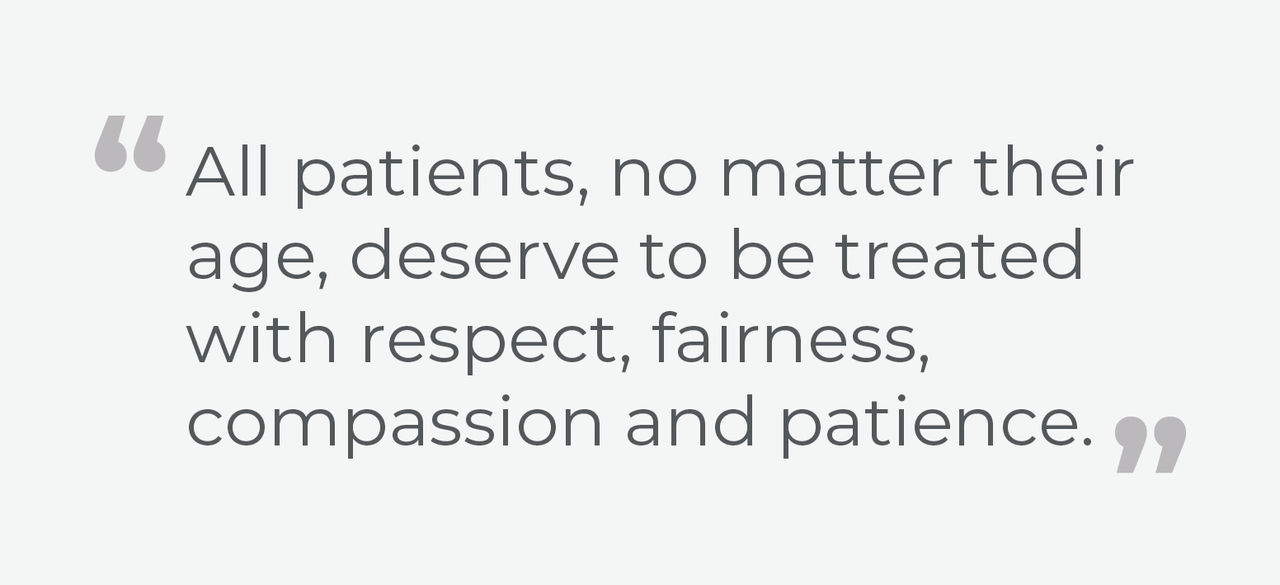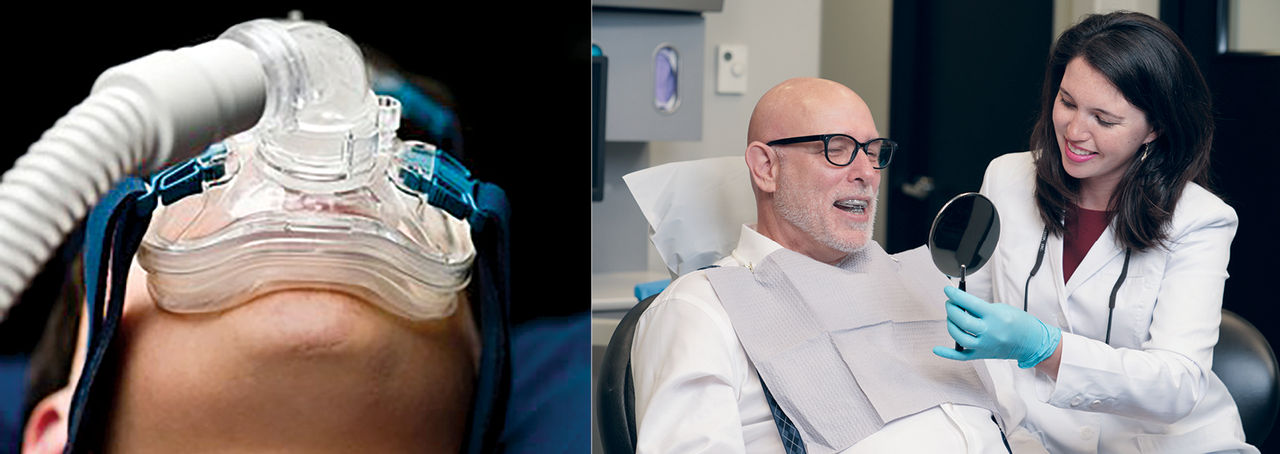The truth is, we’re all getting older. As the life expectancy in America increases, the healthcare system must prepare to handle the sustained need for geriatric health services. As dentists, the least we can do is provide those services to our existing and new geriatric patients. Even existing patients who are easing into that older demographic need our attention. I myself learned that lesson before I began pursuing a higher level of in-depth geriatric dental education.
For over 20 years, my patient Jan had never had a cavity. One day, she came in for a routine cleaning, and I was absolutely stunned when I examined her: 12 cavities.
I couldn’t believe it. I asked her if she had been continuing her regular brushing and flossing habits. She answered that she of course was continuing to do so. Then, I asked about new sugary foods or drinks she might have introduced since her last exam. Jan denied having made any meal changes.
Finally, I asked how she had been feeling lately and if any medical complications had arisen since we last saw her. That’s when she looked at me and mentioned a new diagnosis from her primary care physician. We talked about the challenges that come with age, and she shared the names of medications she began taking since our last exam. After researching these medications, I learned that several of them cause severe dry mouth.
That’s when I began wondering what else I needed to learn about caring for older, more vulnerable patients in my practice.

